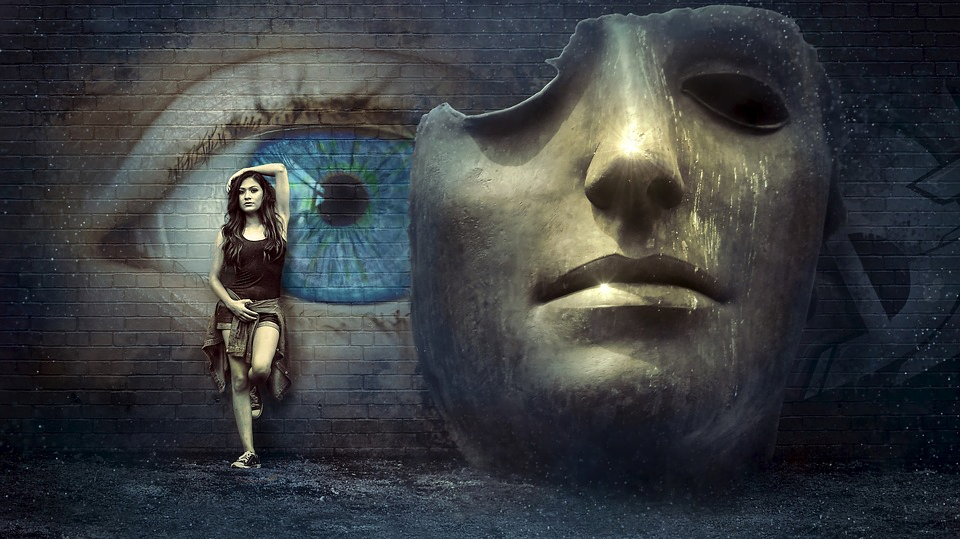From artists to muses, death is not a selective foe. And for many, art is the perfect medium with which to express the anger, fear, and sorrow that the end of all things brings.
The resulting raw, emotional beauty is evident in every brushstroke or curved form on a statue.
Today, we showcase the talent that’s able to bring this emotion to life.
DID YOU KNOW?
Your engagement with our posts on social media decides the newsletter content we send you. Your upvote and engagement counts. Please remember to like, comment, or retweet our content.
Achille Mourant (Dying Achilles) – Jean Baptiste Giraud – 1789 – France
“Dying Achilles” is a sculpture created by French artist Jean Baptiste Giraud in the late 18th century.
Achille Mourant (Dying Achilles), by Jean Baptiste Giraud, 1789 🏛️ Musée Granet, Aix-en-Provence, France pic.twitter.com/4kkbN32jyY
— Academia Aesthetics (@AcademiaAesthe1) March 27, 2023
Achille Mourant depicts the Greek warrior Achilles lying dying from a wound to his heel, embodying the cultural interest in classical antiquity of that time.
The Danse Macabre – Paul Rumsey
The Danse Macabre Series is a collection of paintings created by the contemporary artist Paul Rumsey. The series depicts a range of human figures engaged in a macabre dance, often surrounded by other symbols of death and decay. The paintings are characterized by their vivid colors, intricate details, and surreal imagery.
Danse Macabre Series (n.d. / pencil on paper) – Paul Rumsey pic.twitter.com/1FkKFpAWjV
— Academia Aesthetics (@AcademiaAesthe1) March 30, 2023
Rumsey’s paintings are also a commentary on the current state of society, with its obsession with material possessions, consumerism, and the cult of celebrity. The figures in the paintings are often depicted as being trapped in a world of excess and superficiality, dancing their way to an inevitable end.
Victory Lion Choking A Large Python – Herbert Thomas Dicksee – 1919 – England
“Victory Lion Choking A Large Python” is a painting by Herbert Thomas Dicksee, a British artist who was known for his animal paintings. The painting depicts a lion standing over a python that it has just killed and is now choking.
Victory Lion Choking A Large Python, 1919 by Herbert Thomas Dicksee (1862-1942) pic.twitter.com/Vzwi7iW2cp
— Academia Aesthetics (@AcademiaAesthe1) March 23, 2023
The painting was likely made for artistic purposes, as many of Dicksee’s works were commissioned by art collectors or exhibited in galleries. It may have also been intended to showcase the power and strength of the lion, which is a common theme in many of his animal paintings.
War Pieta – Max Ginsburg – 2007 – America
“War Pieta” is a powerful painting that depicts the horrors of war and its impact on innocent civilians. Created by Max Ginsburg in 2007, the painting shows a woman holding a wounded soldier in her arms, with a look of despair on her face. The painting is a commentary on the brutality of war and the toll it takes on both the combatants and non-combatants.
War Pieta
Artist: Max Ginsburg (b. 1931-)
Date: 2007 pic.twitter.com/S7bdRHDFyq— Academia Aesthetics (@AcademiaAesthe1) March 28, 2023
Ginsburg is known for his socially conscious paintings that address issues such as poverty, injustice, and war. In “War Pieta,” he depicts the soldier as a tragic figure, forced to carry the burden of war and its consequences.
The Fall of the Damned – Guy Head – 1799
“The Fall of the Damned” is a striking painting by Guy Head that depicts the descent of souls into Hell. Created in 2014, the painting shows a group of figures falling into the fiery depths of the underworld, with their expressions conveying a sense of terror and despair. The painting is a haunting representation of the afterlife, and the punishment that awaits those who have sinned in life.
The Fall of the Damned (before 1799 / Oil on canvas) – Attributed to Guy Head, after Peter Paul Rubens pic.twitter.com/GeVJeoU9YT
— Academia Aesthetics (@AcademiaAesthe1) March 29, 2023
Head is a contemporary British artist known for his intricate and detailed paintings. In “The Fall of the Damned,” he uses a range of techniques, such as layering and glazing, to create a sense of depth and texture.
Thank you for reading.
The Curator

